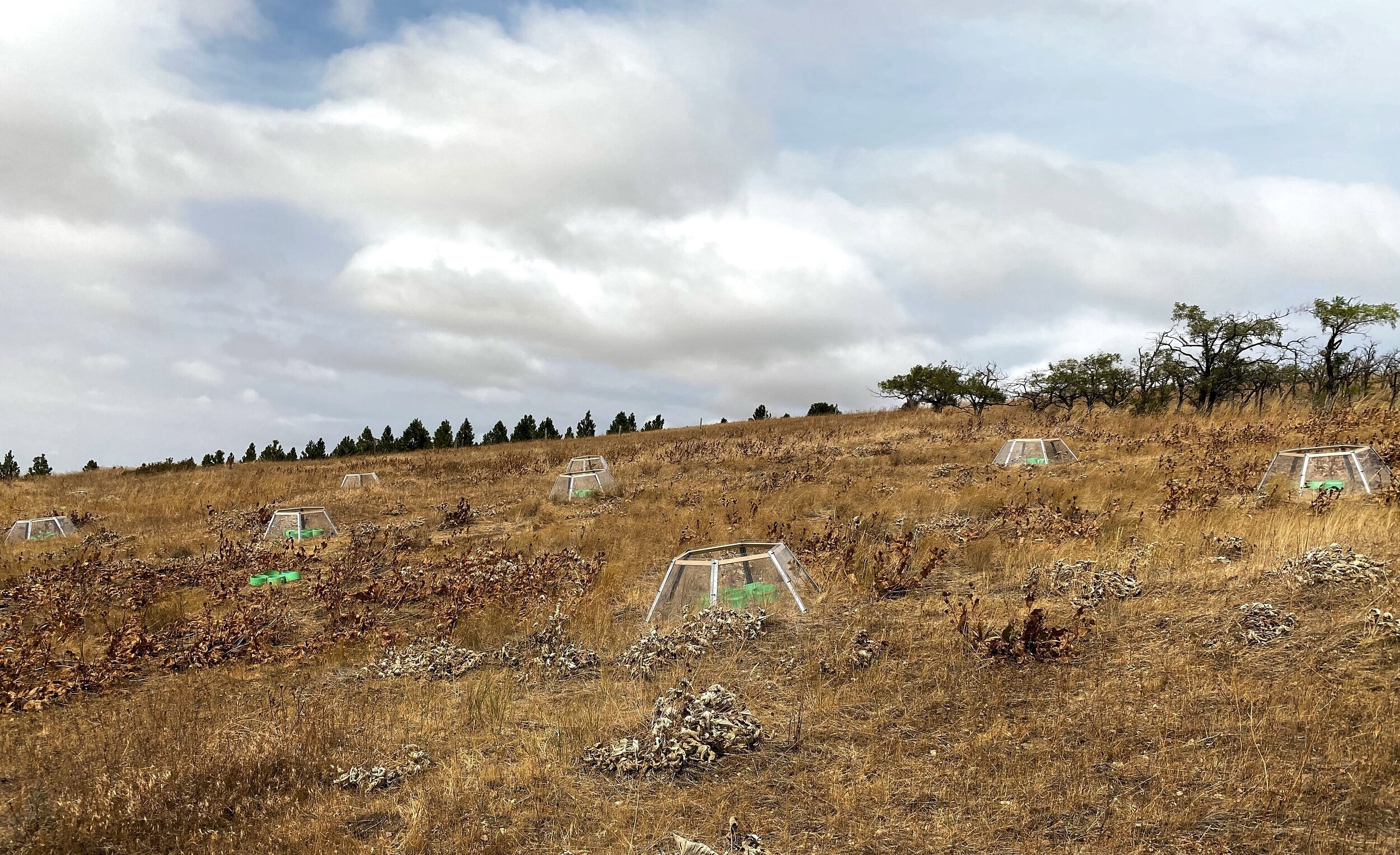Beneath the Surface - A look at soil microorganisms on the Skinner Preserve
By Dan Du, P.h.D. student, Department of Soil & Water Systems, University of Idaho
Dan sampling this spring atop the Skinner Preserve
When I started my Ph.D. program at the University of Idaho, my Ph.D. advisor tasked me to find a remnant Palouse prairie site to conduct my research. At the time, I didn’t know how special the Palouse prairie was. I have since learned that it is one of the most endangered prairie habitats in the nation, with less than 1% of the old growth prairie remaining. After reaching out to the Palouse Land Trust, I determined that the Dave Skinner Ecological Preserve would be an excellent place to conduct my research due to the great management and stewardship practiced by the organization. Several projects have documented the aboveground aspect (i.e., plants) of this remnant habitat, however my research project would be one of few that focuses on the belowground aspect (i.e., soil microorganisms).
One might ask, “What makes soil microorganisms so interesting if you can’t even see them?”
Microorganisms make up most of the living biomass on Earth and soils contain the majority of those microorganism. In just one gram of soil there are tens of millions of microorganisms exhibiting an enormous biodiversity, with thousands of taxa. Soil microbes form communities consisting of a plethora of bacteria, fungi, and archaea. However, when people think about ecosystem conservation and restoration, they usually focus on the biodiversity of plant communities, while soil microbial communities are often ignored.
Soil microbial communities are the “unseen majority”, and they are critical to the functioning of terrestrial ecosystems. They perform a crucial role in regulating a vast number of ecosystem processes like decomposition, nutrient cycling, and long-term soil carbon sequestration. This has led to the strong consensus that soil microbial communities strongly contribute to ecosystem and plant productivity. Many microbial ecologists, such as myself, believe that they deserve more study.
The passive “spaceships” mimicking the effects of climate change.
During my time as a graduate student, I will use the remnant prairie at the Skinner preserve to research how factors like climate change and anthropogenic activity affect soil microbial communities. I have placed several spaceship-looking passive warming chambers in the field to mimic the effects of climate change. These structures will raise the temperature inside by 1.5-2oC, which is the projected global temperature increase. To imitate other kinds of human impact, I use antibiotics that are commonly used in livestock production and are often excreted in manure used as fertilizer. Antibiotics from agriculture can have ecological consequences, where they not only disrupt soil microbial communities but can lower their efficiency in carbon and/or nutrient cycling. The objective of this experiment is to investigate the interaction between the two and their effects on the ecosystem process that soil microbes regulate.
The remnant Palouse prairie at the Skinner preserve on Paradise Ridge is the perfect place to conduct my research because climate is predicted to become warmer and drier on the Palouse. The remaining remnant prairie also faces the encroachment of agriculture. Investigating the potential disruption in soil microbial communities due to these factors is important for understanding and maintaining ecosystem function. Working in the endangered Palouse prairie is not only a great asset for my research, but also the research will further our understanding of soil microbial communities and ecosystem processes in the remnant prairie and many other ecosystems.



